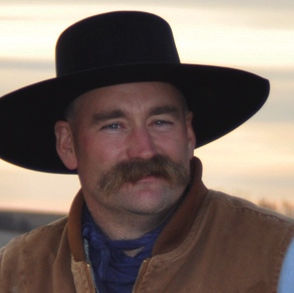Food production progress
I am actually pretty confident that if we really had a discussion with most of the 330 million Americans, they would think the food system is failing us. Recently I had a conversation about this very topic with Kip Tom, a farmer from Indiana who serves as the U.S. Ambassador to the United Nations World Food Programme.
The World Food Programme and the Food and Agriculture Organization are both programs of the UN. Trust me, if ever there was a place that we need a true advocate for modern agriculture, it is in these circles. I feel very comfortable with the farmer we have there standing up for the truth in food production.
Ambassador Tom was quick to point out that the world food system has not failed but in fact feeds people unlike at any time before this. In 1920, the global population was 2 billion people. Of those 2 billion people, 80% were considered to be hungry or living in poverty. Today the global population is 7.6 billion and less than 10% live in poverty or are hungry. So going back to my original premise, how many folks do you think would believe that to be true?
The one aspect of human nature that I really fail to understand is, literally, the fear of everything. Honestly, I think we really need to find something to fear because the essentials of life come so easily compared to our ancestors. The oldest cliche that I know of could not be more fitting than in this situation. “When you have a full stomach, you have many problems; when you are hungry, you have but one.” That explains so much about today’s issues with COVID-19 and all of the other crises we are facing. When life gets easy, we muck it up.
All of this reminds me of my first personal experience with a global person who worked in the UN on food programs. It was World Food Day, and she had a picture of a combine and made a statement to the effect that “this is what is wrong with agriculture today.” I was floored, but with a straight face she believed that the automation of food production displaced so many people from employment opportunities that it caused hardship. I beg to differ because the opposite is actually true but we fail to get that point across to the masses.
How many times in your daily life do you hear someone who romanticizes food production methods of yesteryear? Quite simply, it is because they did not live it, nor do they understand how tough it really was. It is not hard to imagine that this type of thought process, along with the sympathetic ear of elected officials, will take us back to that point.
I would urge the romantics who yearn for the “good old days” to talk to someone that did this farm labor strictly with horses and manpower before they are all gone. I can assure you that my father-in-law would much rather jump in his tractor and pull his Vermeer round baler to put up hay than hitch up his team of draft horses again and get behind the sled with a pitch fork.
These views, tainted with storybook depictions and mythical American Gothic-style imagery, will never help us achieve 100% food security and we need to make sure we are there to counter these folks with facts and information that outweighs emotions and nostalgia in developing public policy. Taking an American Gothic photo is one thing, living a life of back-breaking labor and small, local marketing opportunities while feeding only your family and a few others is quite the opposite and not the direction we need to head.
Editor’s note: Trent Loos is a sixth generation United States farmer, host of the daily radio show, Loos Tales, and founder of Faces of Agriculture, a non-profit organization putting the human element back into the production of food. Get more information at www.LoosTales.com, or email Trent at [email protected].
